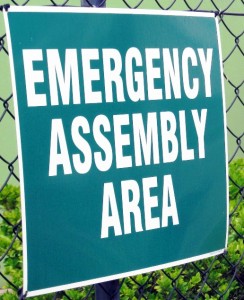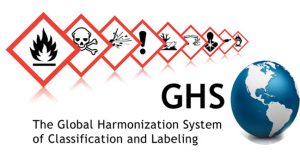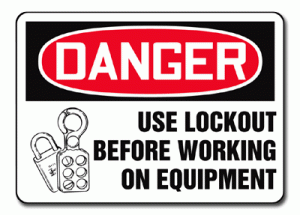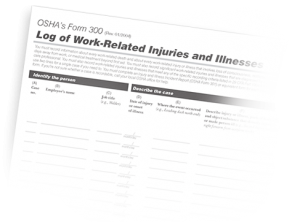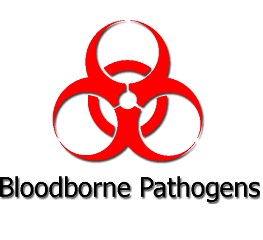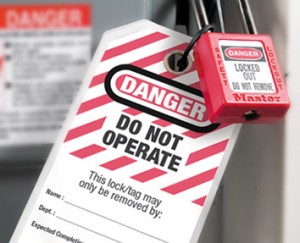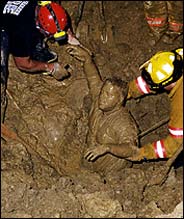 Cave-ins are perhaps the most feared trenching hazard. But other potentially fatal hazards exist, including asphyxiation due to lack of oxygen in a confined space, inhalation of toxic fumes, drowning, etc. Electrocution or explosions can occur when workers contact underground utilities.
Cave-ins are perhaps the most feared trenching hazard. But other potentially fatal hazards exist, including asphyxiation due to lack of oxygen in a confined space, inhalation of toxic fumes, drowning, etc. Electrocution or explosions can occur when workers contact underground utilities.
OSHA requires that workers in trenches and excavations be protected, and that safety and health programs address the variety of hazards they face. The following hazards cause the most trenching and excavation injuries:
- No Protective System
- Failure to Inspect Trench and Protective Systems
- Unsafe Spoil-Pile Placement
- Unsafe Access/Egress

